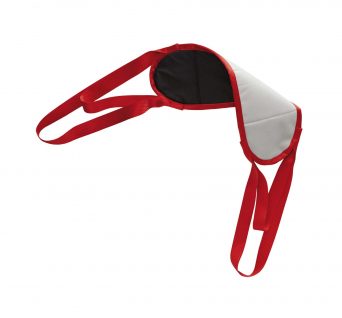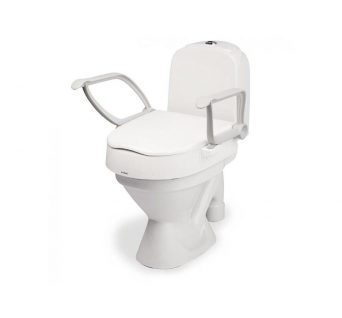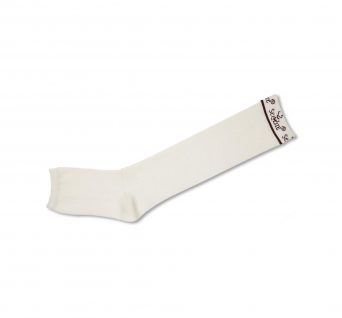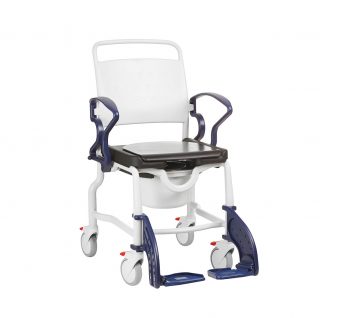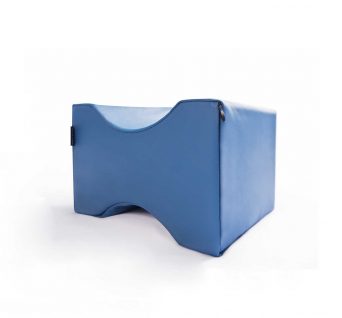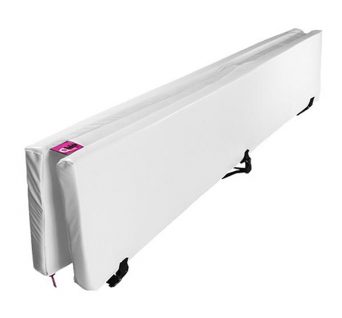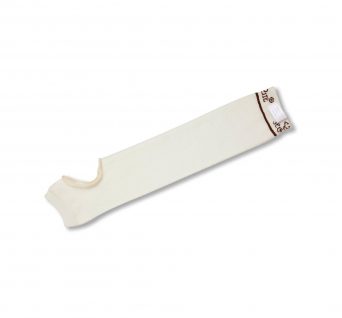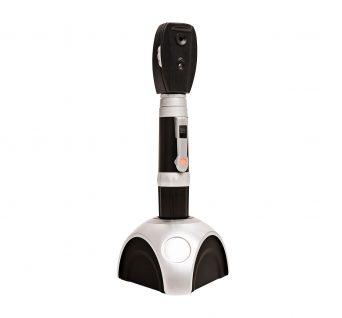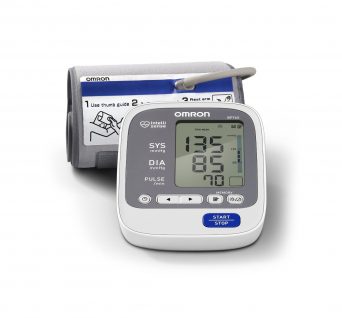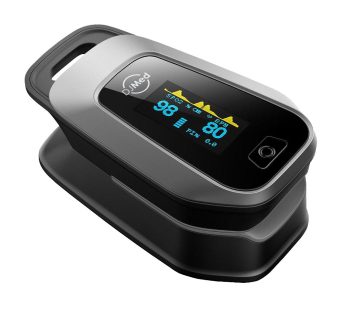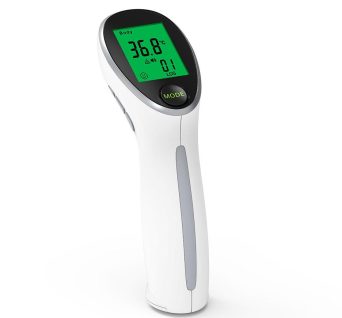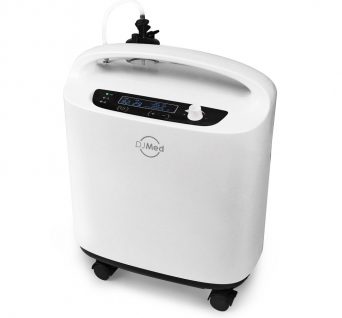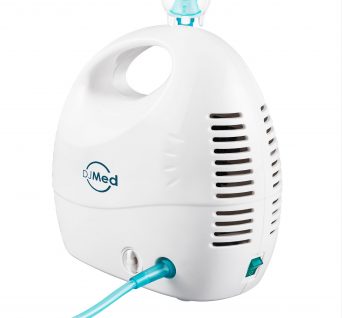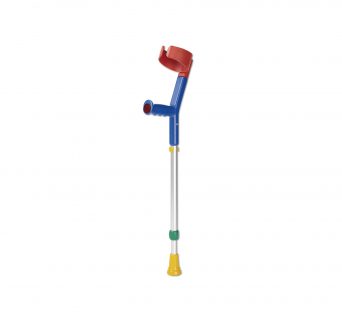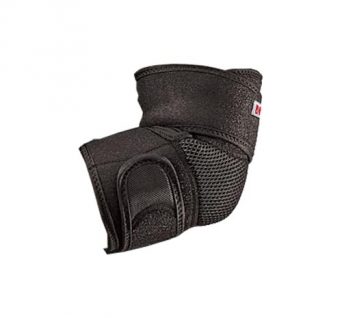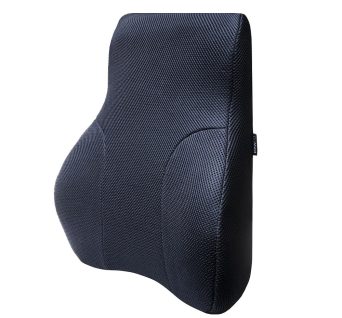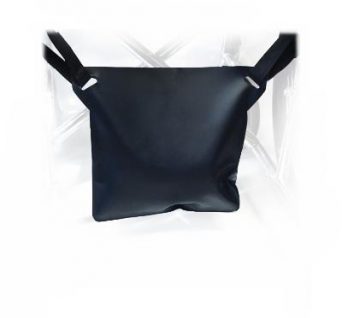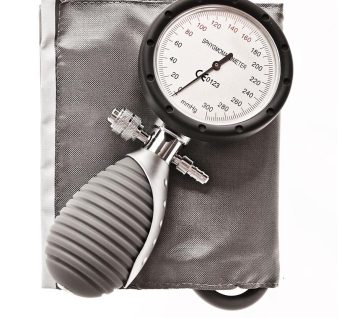No products in the cart.
Sphygmomanometers
Showing all 3 results
- Sphygmomanometers
Aneroid Sphygmomanometer Two Handed
Aneroid sphygmomanometer consists of an inflatable cuff, a measuring unit and bulb and valve
Used to measure blood pressure, composed of an inflatable cuff to collapse and then release the artery under the cuff in a controlled manner and an aneroid manometer to measure the pressure
The simple, classic design is easy to use and has been relied upon by healthcare professionals for many years.
SKU: 5189
Sphygmomanometers
A sphygmomanometer is a medical device used to measure blood pressure. It consists of an inflatable cuff that is wrapped around a person's arm and connected to a pressure gauge or a digital display. The device is commonly used in medical settings, such as hospitals, clinics, and doctor's offices, as well as in home settings for monitoring blood pressure.
To measure blood pressure using a sphygmomanometer, the cuff is inflated to a pressure higher than the person's systolic blood pressure (the higher number in a blood pressure reading). This temporarily stops blood flow through the artery. As the pressure is slowly released from the cuff, a healthcare professional or the individual using the device listens to the sounds of blood flow using a stethoscope or observes the oscillations in pressure on the digital display. The point at which the sounds or oscillations start (known as Korotkoff sounds) and stop corresponds to the systolic and diastolic blood pressure values respectively (the lower number in a blood pressure reading).
Accurate measurement of blood pressure is important for assessing cardiovascular health, diagnosing conditions like hypertension (high blood pressure), and determining appropriate treatment plans. Sphygmomanometers come in various types, including manual mercury-based ones (an older but accurate method), aneroid sphygmomanometers (mechanical devices with a gauge), and digital sphygmomanometers (electronic devices that display the readings digitally).
What types of types Sphygmomanometers are there?
There are three main types of sphygmomanometers based on their mechanism and technology: manual, aneroid, and digital. Here's an overview of each type:
Manual Mercury Sphygmomanometer:
- This is the traditional type of sphygmomanometer that uses a column of mercury to measure blood pressure.
- It consists of a mercury-filled column, a cuff, a stethoscope, and a valve for inflating and deflating the cuff.
- The mercury column rises and falls as pressure is applied and released in the cuff. The height of the mercury column corresponds to the blood pressure reading.
- Mercury sphygmomanometers are highly accurate but have become less common due to concerns about environmental contamination and mercury exposure.
Aneroid Sphygmomanometer:
- Aneroid sphygmomanometers are mechanical devices that use a pressure gauge to measure blood pressure.
- They consist of a cuff, a pressure gauge (aneroid dial), a stethoscope, and an inflation bulb.
- The cuff is inflated using the inflation bulb, and the gauge needle moves as pressure changes. The person taking the reading uses a stethoscope to listen for Korotkoff sounds and notes the pressure levels.
- Aneroid sphygmomanometers are portable, don't contain mercury, and can provide accurate readings if properly calibrated and maintained.
Digital Sphygmomanometer:
- Digital sphygmomanometers use electronic technology to measure and display blood pressure readings.
- They consist of a cuff, an electronic pressure sensor, and a digital display.
- The cuff is inflated automatically by the device, and the pressure sensor detects oscillations in pressure caused by blood flow. The device then calculates and displays the blood pressure readings digitally.
- Digital sphygmomanometers are easy to use, often have additional features like memory storage, irregular heartbeat detection, and may offer more user-friendly interfaces.
- They are widely used in both clinical and home settings.
Each type of sphygmomanometer has its own advantages and considerations. Manual mercury devices are accurate but less common due to environmental concerns. Aneroid devices are portable and accurate if maintained properly. Digital devices are user-friendly and offer various features, making them suitable for home use. When choosing a sphygmomanometer, consider your specific needs, accuracy requirements, and any relevant medical recommendations.
Why use Aneroid Sphygmomanometer?
Aneroid sphygmomanometers are commonly used for blood pressure measurement due to several advantages they offer. Here are some reasons why you might choose to use an aneroid sphygmomanometer:
Accuracy: Aneroid sphygmomanometers can provide accurate blood pressure readings when properly calibrated and maintained. They use a mechanical pressure gauge to measure pressure changes, and with regular calibration, they can be reliable instruments for blood pressure monitoring.
Portability: Aneroid sphygmomanometers are compact and portable. They are often used in clinical settings where mobility is important, such as in ambulances, mobile clinics, and home healthcare visits.
No Mercury: Unlike mercury sphygmomanometers, aneroid devices do not use mercury. This eliminates concerns about mercury exposure and environmental contamination.
Cost: Aneroid sphygmomanometers are generally more affordable than digital models. This makes them a cost-effective option for healthcare facilities or individuals who need to monitor blood pressure but have budget constraints.
Stethoscope Usage: Using an aneroid sphygmomanometer involves listening for Korotkoff sounds with a stethoscope. Some healthcare professionals and individuals prefer this method as it allows for direct auditory assessment of blood flow, which can provide additional clinical information.
Minimal Power Dependency: Aneroid sphygmomanometers don't require batteries or electricity, unlike digital models. This can be advantageous in settings where power sources might be limited or unavailable.
Reliability: Aneroid sphygmomanometers have been used for decades and have a history of reliability in clinical practice. With proper care and maintenance, they can provide consistent and accurate readings over time.
It's important to note that aneroid sphygmomanometers require regular calibration to maintain accuracy. Calibration involves adjusting the device to ensure that the pressure readings align with a standard reference. Healthcare facilities or professionals using aneroid sphygmomanometers should have a calibration schedule in place to ensure the instrument's accuracy.
While aneroid sphygmomanometers have their benefits, they do require some training and skill to use effectively. Listening for Korotkoff sounds requires practice, and proper cuff placement is crucial for accurate readings. If you're considering using an aneroid sphygmomanometer, it's a good idea to receive proper training and guidance to ensure accurate and consistent blood pressure measurements.
Why use Digital Sphygmomanometer?
Digital sphygmomanometers are widely used for blood pressure measurement due to several advantages they offer. Here are some reasons why you might choose to use a digital sphygmomanometer:
Ease of Use: Digital sphygmomanometers are user-friendly and require minimal training to operate. They often have simple one-button or touchscreen interfaces, making them suitable for both healthcare professionals and individuals monitoring their blood pressure at home.
Accuracy: When used correctly, digital sphygmomanometers can provide accurate and consistent blood pressure readings. They use electronic pressure sensors to detect oscillations in pressure caused by blood flow, and modern digital devices are often clinically validated to ensure accuracy.
Clear Display: Digital sphygmomanometers have digital displays that show the blood pressure readings numerically, eliminating the need to listen for Korotkoff sounds with a stethoscope. This can be particularly beneficial for individuals with hearing difficulties.
Memory Storage: Many digital sphygmomanometers have built-in memory storage, allowing you to store multiple blood pressure readings over time. This feature is useful for tracking trends and sharing data with healthcare professionals during appointments.
Irregular Heartbeat Detection: Some digital models include the ability to detect irregular heartbeats (arrhythmias) and display a warning. This feature can be helpful for identifying potential cardiac issues.
Automatic Inflation and Deflation: Digital sphygmomanometers often come with automated inflation and deflation mechanisms, reducing the need for manual pumping of the cuff. This makes the process quicker and more convenient.
Large Display: The digital display on these devices is often larger and easier to read compared to the small gauge on aneroid sphygmomanometers.
Cuff Fit Detection: Some digital models have technology that alerts you if the cuff is not properly fitted, which helps ensure accurate readings.
User Profiles: Certain digital sphygmomanometers allow you to set up different user profiles, making it easy for multiple individuals in a household to track their blood pressure separately.
Convenience: Digital sphygmomanometers are suitable for self-monitoring at home. They don't require the use of a stethoscope or the ability to discern Korotkoff sounds, making them accessible to a wider range of users.
Battery-Powered: While this can be seen as an advantage in terms of portability and not relying on power outlets, it's important to remember that digital devices require functioning batteries to operate.
It's worth noting that digital sphygmomanometers might have limitations in certain situations, such as if the individual has irregular heart rhythms or specific medical conditions that affect blood pressure measurement. However, for most people, digital sphygmomanometers provide a convenient and reliable way to monitor blood pressure at home and in clinical settings.
How to use Aneroid Sphygmomanometer?
Using an aneroid sphygmomanometer to measure blood pressure involves a series of steps. Here's a general guide on how to use an aneroid sphygmomanometer:
Preparation:
- Sit or lie down in a comfortable and relaxed position. Make sure you have a quiet and well-lit environment for accurate measurements.
- Roll up your sleeve or remove any clothing that might interfere with cuff placement.
Steps:
Cuff Selection: Choose the appropriate cuff size for your arm. The cuff bladder should encircle about 80% of your upper arm's circumference.
Cuff Placement:
- Position the cuff on your upper arm, about 1 inch (2.5 cm) above the elbow joint.
- Make sure the cuff is centered and snug but not too tight.
Locating the Brachial Artery:
- Use your index and middle fingers to locate the pulse on the inside of your arm, slightly above the elbow. This is where the stethoscope will be placed.
Stethoscope Placement:
- Place the stethoscope's chest piece (the diaphragm) over the pulse point on your arm.
Inflation:
- Hold the pressure gauge in your non-dominant hand and use your dominant hand to operate the inflation bulb.
- Close the valve on the bulb by turning it clockwise.
- Inflate the cuff by squeezing the bulb rapidly and firmly. Watch the pressure gauge as you do this. Inflate to about 20-30 mmHg above your expected systolic pressure.
Listening for Sounds:
- Slowly release air from the cuff by opening the valve counterclockwise while listening with the stethoscope.
- You'll hear the Korotkoff sounds as the blood starts flowing through the artery. The first sound indicates the systolic pressure.
Reading the Gauge:
- Note the reading on the pressure gauge when you hear the first Korotkoff sound (systolic pressure).
Continuing Deflation:
- Keep releasing air from the cuff and listening for the sounds to change or stop. The last sound you hear is the diastolic pressure.
Recording the Reading:
- Once you've recorded both systolic and diastolic pressures, deflate the cuff completely.
- Record the blood pressure reading as "systolic/diastolic" (e.g., 120/80 mmHg).
Cuff Removal:
- Gently remove the cuff from your arm.
Maintenance:
- After use, ensure you deflate the cuff completely and store the sphygmomanometer properly.
- If you're using a healthcare setting, it's important to clean the stethoscope and cuff between uses to prevent cross-contamination.
Remember that accurate measurement requires practice and familiarity with the sounds you're listening for. It's a good idea to practice with a healthcare professional initially to ensure you're obtaining reliable readings. If you're unsure about any aspect of using an aneroid sphygmomanometer, don't hesitate to seek guidance from a healthcare professional or a trained individual.
What are the steps in measuring blood pressure using a sphygmomanometer?
Measuring blood pressure using a sphygmomanometer involves several steps to ensure accurate and consistent readings. Here's a comprehensive guide on how to measure blood pressure using both manual (aneroid or mercury) and digital sphygmomanometers:
General Preparation:
Find a quiet and comfortable environment. Sit or lie down with your back supported and your feet flat on the floor. Rest for a few minutes before measurement.
Avoid caffeine, smoking, and exercise for at least 30 minutes before measurement.
Using a Manual (Aneroid or Mercury) Sphygmomanometer:
Cuff Selection: Choose the correct cuff size that fits your upper arm's circumference. The cuff should cover about 80% of the arm.
Cuff Placement:
- Sit comfortably with your arm supported at heart level.
- Place the cuff on your upper arm, about 1 inch (2.5 cm) above the elbow joint.
Locating the Brachial Artery:
- Use your index and middle fingers to locate the pulse on the inside of your arm, slightly above the elbow. This is where the stethoscope will be placed.
Stethoscope Placement:
- Place the stethoscope's chest piece (the diaphragm) over the pulse point on your arm.
Inflation:
- Hold the pressure gauge in your non-dominant hand and use your dominant hand to operate the inflation bulb.
- Close the valve on the bulb by turning it clockwise.
- Inflate the cuff by squeezing the bulb rapidly and firmly. Inflate to about 20-30 mmHg above your expected systolic pressure.
Listening for Sounds:
- Slowly release air from the cuff by opening the valve counterclockwise while listening with the stethoscope.
- You'll hear the Korotkoff sounds as the blood starts flowing through the artery. The first sound indicates the systolic pressure.
Reading the Gauge:
- Note the reading on the pressure gauge when you hear the first Korotkoff sound (systolic pressure).
- Continue deflating the cuff until the sounds disappear or change. The last sound you hear is the diastolic pressure.
Recording the Reading:
- Record the blood pressure reading as "systolic/diastolic" (e.g., 120/80 mmHg).
Cuff Removal:
- Gently remove the cuff from your arm.
Using a Digital Sphygmomanometer:
Cuff Placement: Same as the manual sphygmomanometer steps.
Inflation and Measurement:
- Sit comfortably and place the cuff as directed.
- Press the button to start the measurement. The cuff will inflate automatically.
- The digital display will show your blood pressure readings.
Recording the Reading:
- Record the displayed blood pressure reading.
Cuff Removal:
- Once the measurement is complete, the cuff will deflate automatically. Remove the cuff from your arm.
Always follow the manufacturer's instructions for the specific sphygmomanometer you are using. If you're unsure about the process, consult a healthcare professional for guidance. Regular blood pressure monitoring is essential for managing your health, so it's important to ensure you're using the correct technique.

